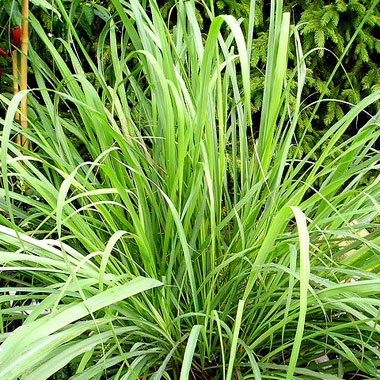
Herbal Activities with Kids
Many prescription medicines contain drugs derived from natural herbs. Many perfumes and fragrances are made from the oils in herbs. Herbs have been used for at least 5,000 years by all cultures for cooking, medicine, crafts, and cosmetics. Many herbs are easy to grow and they have rich histories and many uses that provide an enticing, multi-sensory theme for learning science concepts and skills, studying other cultures, and connecting topics across the curriculum.
ACTIVITIES: WHAT MAKES AN HERB AN HERB?
“Herb” refers to any plant or plant part valued for its medicinal, savory, or aromatic qualities. In many cases, oils and the compounds that cause healing are found in herbs. Herbs give us delicious flavors and aromas.
Compare plants
Have students taste six edible leaves of basil, rosemary, thyme, oregano, chives, and parsley and describe the tastes of each.
Herbs contain oils that create the odors and flavors we experience. After smelling several herbs, have students guess how such odors might help the plants survive in their environment? (the odors can both attract helpful insects and repel “pests.”)
GROWING CLASSROOM HERBS – Many herbs can be easily grown from seeds, cuttings, or plants.
Seeds – Plant herb seeds in the same soilless potting mix you use for other indoor plants, or plant them in a mixture of 1/3 sand, 1/3 peat moss, and 1/3 soil. Most herb seeds are small, and should be planted no more than 1/4″ deep in moist soil or sprinkled on the top of soil and covered lightly with potting mix. You can have children mix tiny seeds with a small amount of sand to make them easier to sprinkle over the soil. Mist the soil, and cover containers with plastic to keep seeds moist until they germinate. To give herb plants room to grow to maturity, thin seedlings to one per 4″ container or 2 plants per 6″ container.
Cuttings – Some herbs are quicker and easier to start from cuttings than from seeds. To take cuttings, snip healthy stems 3-4 inches from the growing tip. Remove leaves from the lower half of the cutting, and plant the cutting in a soilless mix. Water gently and cover the container with a plastic bag until new top growth appears.
MOTHERS’ DAY HERB BOOKS – Have students adopt an herb to grow. Students can read seed package directions to see how to plant and care for their herbs, make ongoing observations, and drawings, and research history, folklore, medicinal, and culinary uses. Have students go through recipe books to find recipes with their particular herb. Each student can create a book to include drawings, observations, research reports, and a variety of recipes for his or her herb.
There are endless opportunities to tie language arts, math, social studies, science skills, art, and more in with an herb unit. Reflect on some of the varied uses, past and present, for herbs and consider how you might incorporate them into engaging cross-disciplinary activities.
Explore the use of herbs in different cultures and cook an international meal.
Create a class cookbook of your favorite herb recipes.
Make aromatic herbal “sachets” or catnip toys from dried herbs in fabric pouches.
Research and practice some herbal dyeing in your classroom. Herbs that are good for dyeing include: catnip, marigolds, marjoram, morning glories, parsley, rosemary, sage, and zinnias.
Have a “smell test” using aromatic herbs to see if students can identify them.
Find out about the culinary, cosmetic, and craft uses of herbs by people in a time period or culture you’re studying. For example: Pilgrims, Pioneer Days, Native American Life, Ancient Greece, the Middle Ages, the Victorian Era, etc.
Herbs have been used for thousands of years to perfume our bodies and homes. They’re used to cleanse, protect, and invigorate our skin and hair. Have students survey soaps, shampoo, cosmetics, lotions in stores or in the house to identify herbal ingredients.
If the opportunity arises, devise a “fair test” to compare the effects of the juices of the aloe plant on burns to those of a commercially made lotion.
Interview a pharmacist to find out which medicines used today are made from plants.
INDOOR HERB GROWING CHART
Herb
Days to Germination
How to Start It
Aloe
plants
Basil
5-10
seeds or plants
Caraway
14+
seeds
Catnip
4
seeds or plants
Chives
7
seeds or divide plants
Chamomile
7
seeds or plants
Coriander
9
seeds
Cress
7
seeds
Dill
5
seeds
Fennel
6
seeds
Garlic
plant cloves as bulbs
Lavender
plants
Lemon Balm
7
seeds or plants
Nasturtium
5
seed
Oregano
30+
cuttings, plants, seeds
Parsley
20+
seeds or plants (soak 12 hrs. before planting)
Peppermint/Spearmint
plants or runners
Rosemary
20+
seeds or plants
Rue
7
seeds or plants
Sage
28+
seeds or plants
Summer Savory
5
seeds
Tarragon
plants
Thyme
20+
plants or seeds
